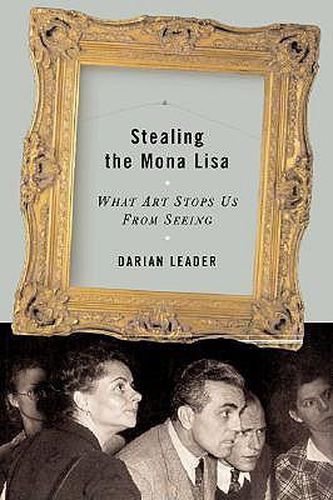Readings Newsletter
Become a Readings Member to make your shopping experience even easier.
Sign in or sign up for free!
You’re not far away from qualifying for FREE standard shipping within Australia
You’ve qualified for FREE standard shipping within Australia
The cart is loading…






Art is more about what isn’t than what is, as popular psychologist Darian Leader reconsiders art history in a very particular–and refreshing–way. When the Mona Lisa was stolen from the Louvre in 1911, it was twenty-four hours before anyone noticed it was missing. Afterward, countless people flocked to see the empty space where it had once been on display. What could have drawn these crowds to stare at a blank wall? Many of them had never seen the painting in the first place. Can this tell us something about why we look at art, why artists create it, and why it has to be so expensive? Taking this story as his starting point, Darian Leader explores the psychology of looking at paintings and sculpture. He combines anecdote, observation, and analysis with examples taken from classical and contemporary art. This is a book about why we look at art, and what, indeed, we might be hoping to find.
$9.00 standard shipping within Australia
FREE standard shipping within Australia for orders over $100.00
Express & International shipping calculated at checkout
Art is more about what isn’t than what is, as popular psychologist Darian Leader reconsiders art history in a very particular–and refreshing–way. When the Mona Lisa was stolen from the Louvre in 1911, it was twenty-four hours before anyone noticed it was missing. Afterward, countless people flocked to see the empty space where it had once been on display. What could have drawn these crowds to stare at a blank wall? Many of them had never seen the painting in the first place. Can this tell us something about why we look at art, why artists create it, and why it has to be so expensive? Taking this story as his starting point, Darian Leader explores the psychology of looking at paintings and sculpture. He combines anecdote, observation, and analysis with examples taken from classical and contemporary art. This is a book about why we look at art, and what, indeed, we might be hoping to find.